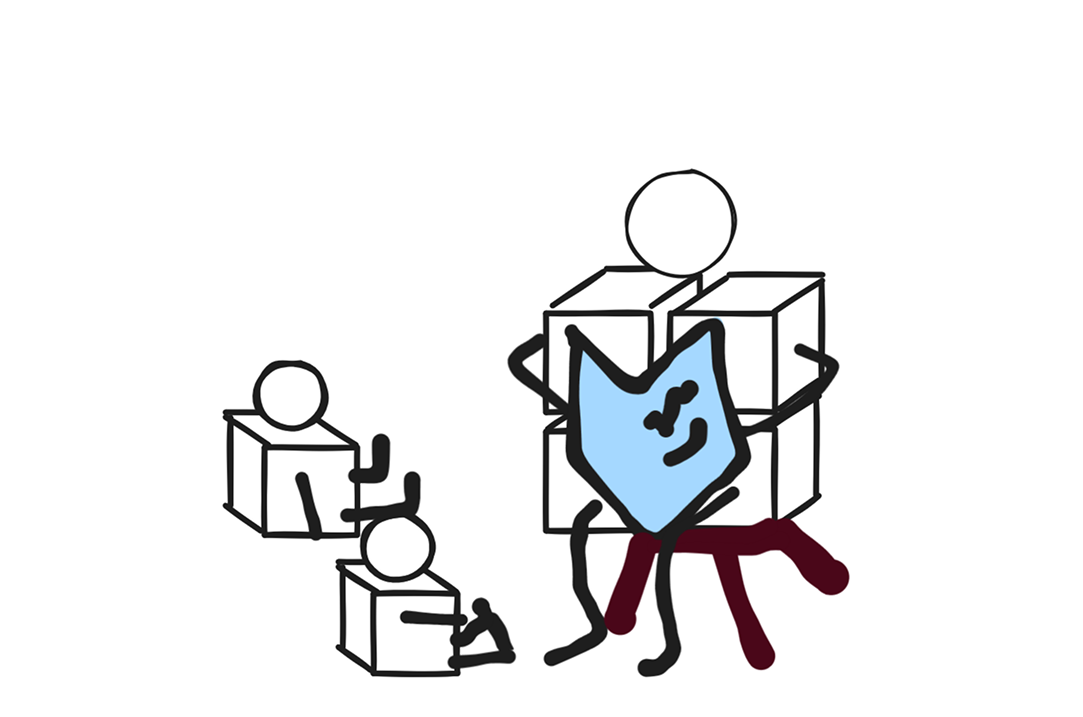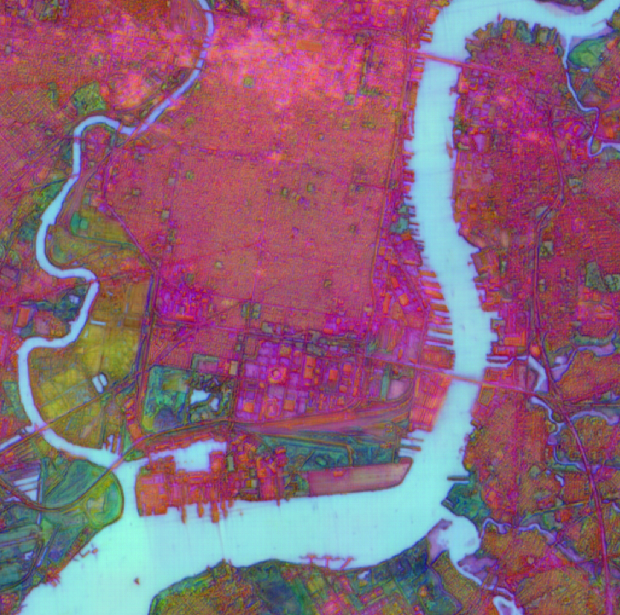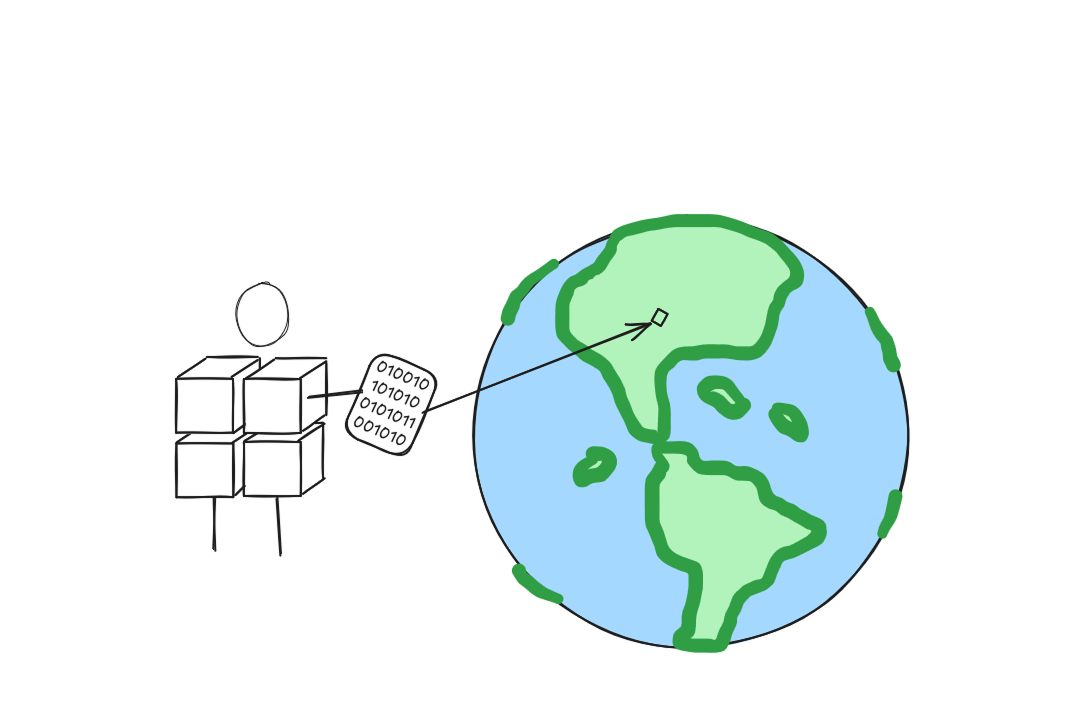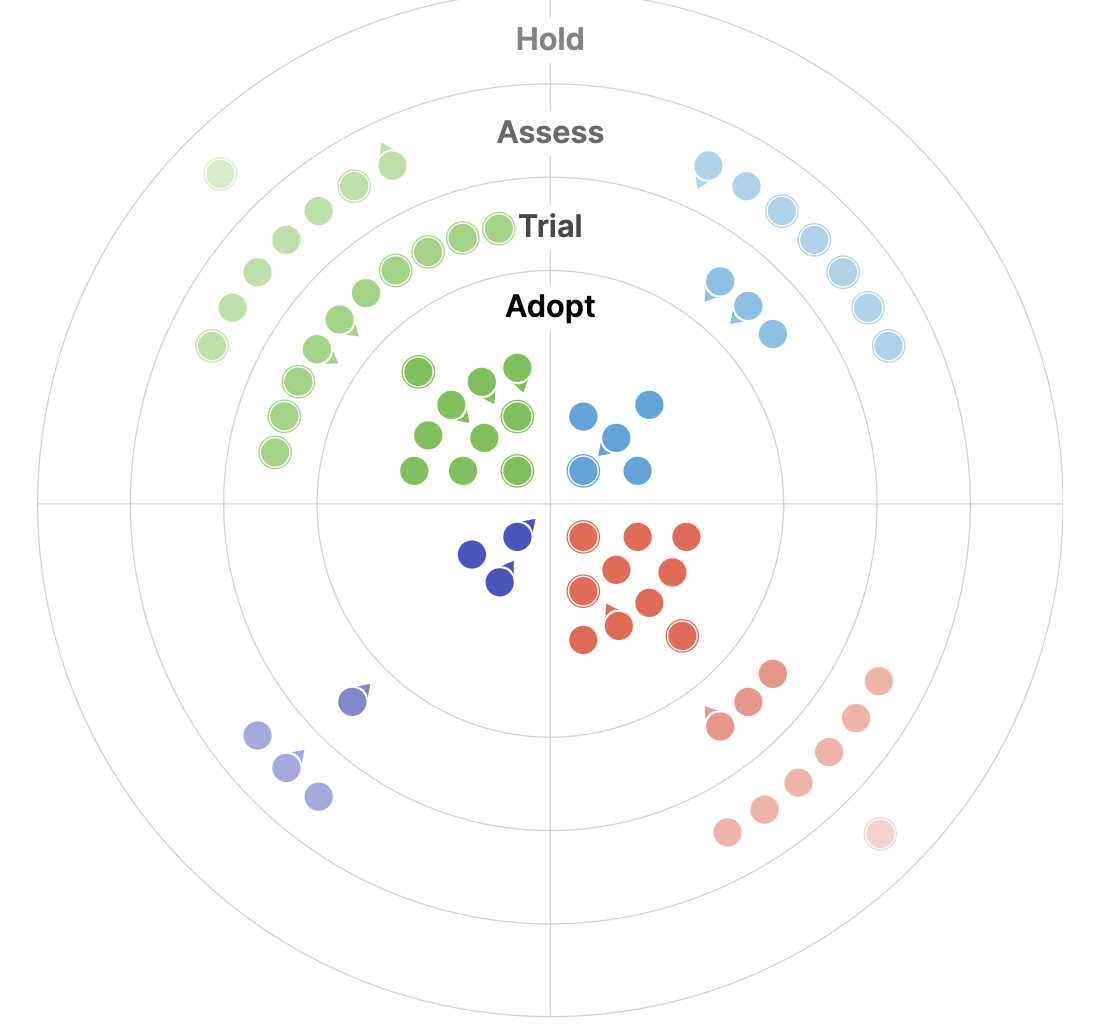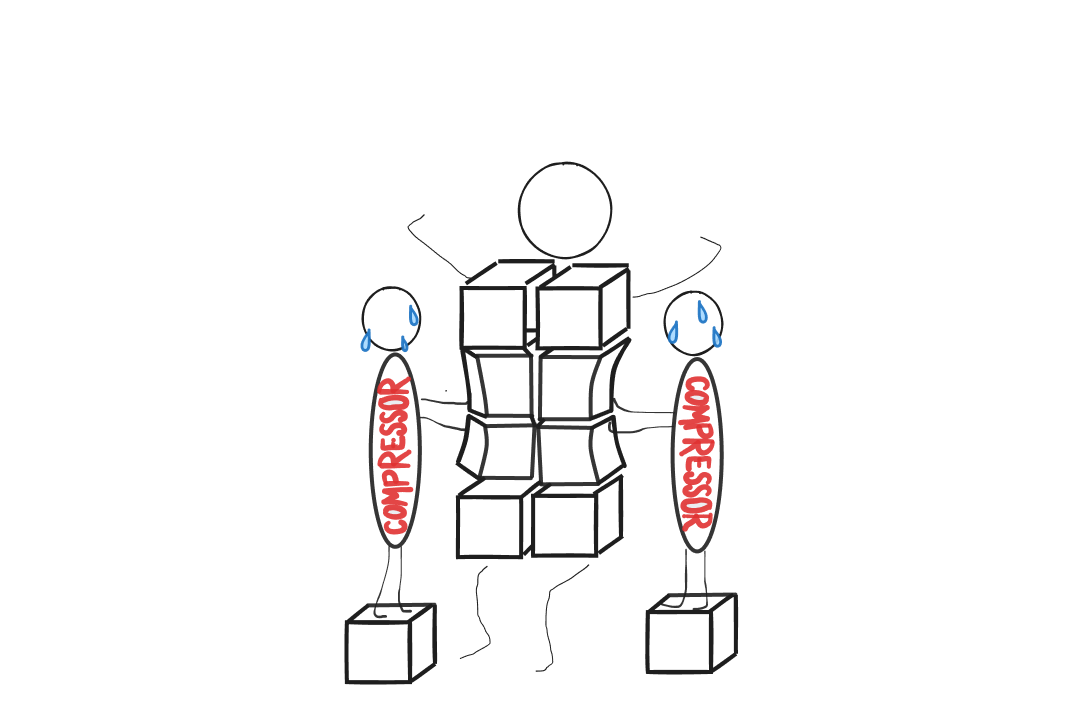All blog posts
<- View categories
-

Beyond the Hype: Element 84’s Pragmatic Vision for AI in Engineering
At Element 84, we’ve always been focused on solving our clients’ most complex geospatial problems with high-quality, reliable, and scalable software. We’re excited about AI’s potential to accelerate development and allow our engineers to focus their creative energy on core problem-solving. To achieve that without sacrificing our quality and reliability, our approach is centered around…
-
Beyond the Hype: Element 84’s Pragmatic Vision for AI in Engineering
At Element 84, we’ve always been focused on solving our clients’ most complex geospatial problems with high-quality, reliable, and scalable software. We’re excited about AI’s potential to accelerate development and allow our engineers to focus their creative energy on core problem-solving. To achieve that without sacrificing our quality and reliability, our approach is centered around…

-
STAC: A Retrospective, Part 2 (Why STAC was Successful)
In Part 1 of this series we covered the origin story of STAC, exploring the history and the initial sprints that created the spec. Now, it’s time to cover the how and the why of its success.

-
Designing risk visualizations: why appropriate complexity matters
In this blog I detail some case studies that have been top-of-mind recently to demonstrate the importance of appropriate complexity, and how it can contribute to meaningful action when applied with intention, particularly in the context of risk analysis.
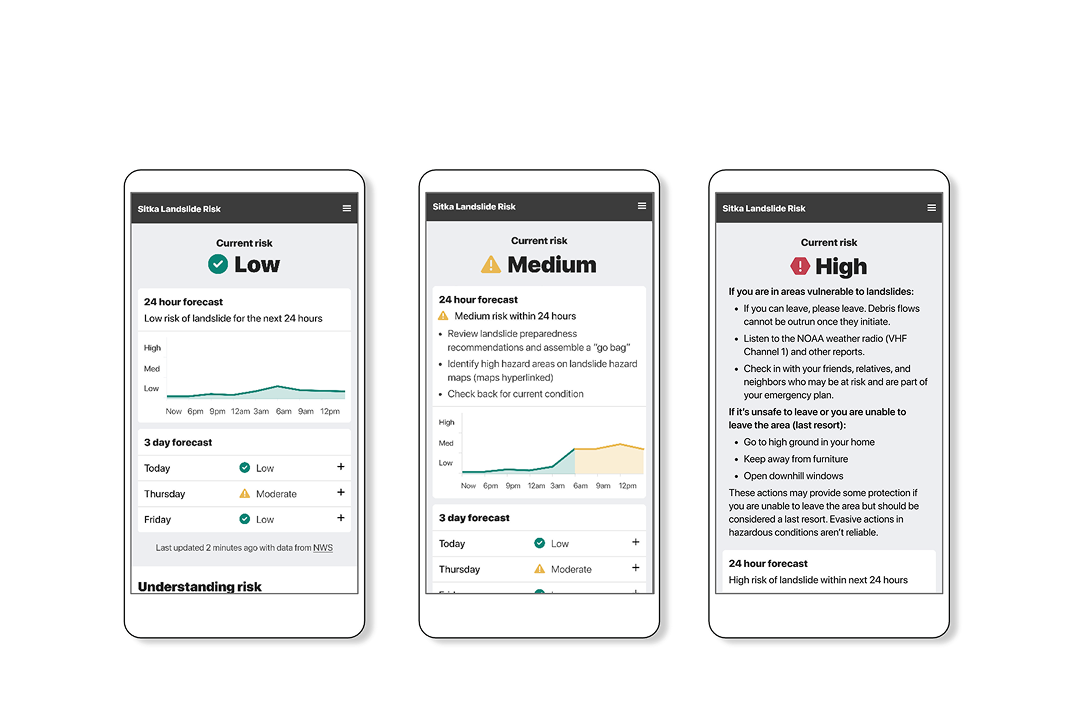
-
Introducing Natural Language Geocoding v0.1.0: An LLM-Enabled Geocoding Database
The landscape of geospatial AI is rapidly evolving. Many organizations are building LLM-powered solutions that tackle complex geospatial problems and answer sophisticated questions about our planet. These agentic approaches allow LLMs to autonomously select from toolsets that include geospatial tools, Earth Observation (EO) catalogs, and EO data processing capabilities. The result? Systems that can process…

-
Chunks and Chunkability: An Origin Story
If you accept that we are living through the Tyranny of the Chunk, then you might be wondering how we got to this place. Who created the first chunks and what was their motivation? As we explore the history of different data formats we’ll see recurring patterns of thinking around how much information to consolidate…
